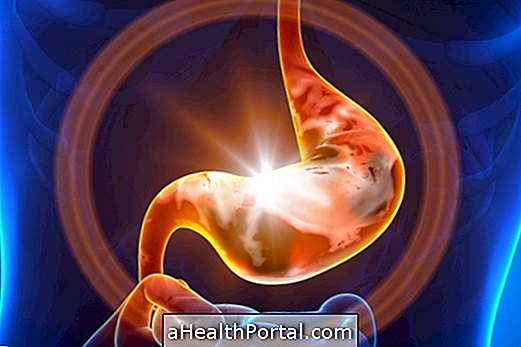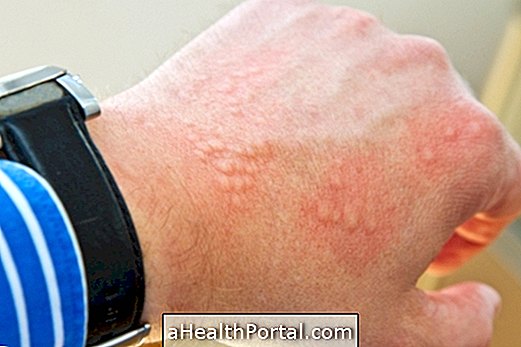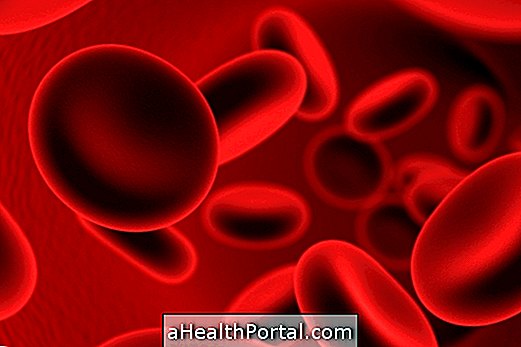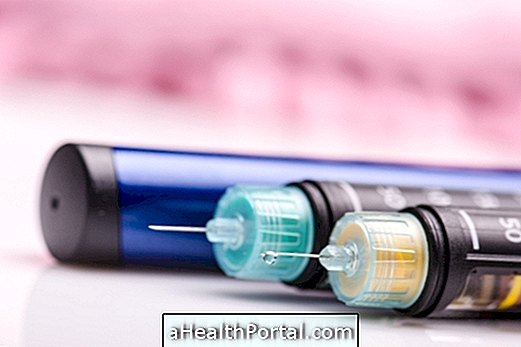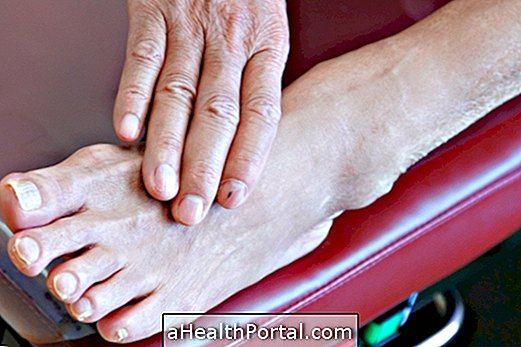Groin pain is a common symptom in pregnant women and individuals who engage in high-impact sports such as football, tennis, or running. Generally, groin pain is not a serious symptom, occurring either on the left side or on the right side of the groin due to the same causes, such as muscle strains, inguinal and abdominal hernia, arthritis or arthrosis.
However, if the groin pain takes more than 1 week to disappear or is accompanied by other symptoms such as fever above 38ºC, constant vomiting or bleeding in the urine, it is recommended to go to the doctor to make tests and correctly identify the problem, starting the appropriate treatment .
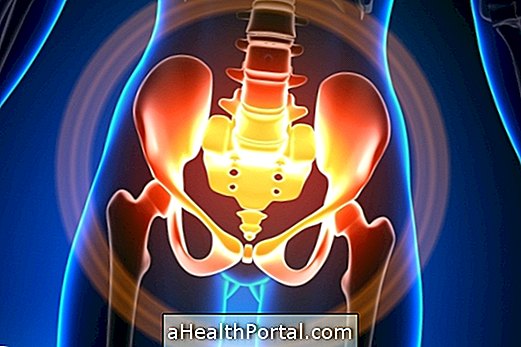
Main causes of groin pain
Groin pain is a common symptom in both men and women, and can be caused by too much gas, inflammation of the sciatic nerve, appendicitis or kidney stone, for example. But the most common causes of groin pain are:
1. Groin pain in pregnancy
- What it can be: it is most common in the beginning and the end of gestation and happens because the hip joints get looser to allow the development of the fetus and the increase of the belly. Generally, groin pain in pregnancy worsens when the pregnant woman lies on her belly up, opens her legs, climbs stairs or after making great efforts.
- What to do: Do light exercise, such as water aerobics or pilates, and use panties for pregnant women from Neomaternity, to increase the stability of the pelvic region and decrease discomfort. It is important to avoid the stairs and one can take Dipirone when the pain is bothering too much.
2. Pain in the groin and testicle
- What it can be: it can be caused by epididymitis, orchitis, strokes or testicular torsion. Learn more about the causes of pain in the testicles.
- What to do: You should consult a urologist, especially if the pain lasts more than 2 days to disappear or when it is very intense, damaging the activities of the day to day.
3. Groin pain after the run
- What it can be: usually indicates a muscle injury that may have been caused by a bad way, excessive exercise, muscular distention, pubalgia but can also be provided when the person has one leg shorter than the other, although it is only 1 cm.
- What to do: It usually does not need specific treatment and passes without medicine, but it is recommended to rest and apply ice on the affected area until the pain subsides. However, if the pain worsens or if you are not sure of leg height, a panoramic x-ray can be performed to see if there is a need to wear shoes with an insole to match the height of the legs.
4. Pain in the groin after the gym
- What may be: may be due to a muscle strain, but may also indicate the presence of an inguinal or abdominal hernia, which happens when a small part of the intestine traverses the abdominal wall muscles when lifting weight or force to evacuate, for example.
- What to do: Apply ice in the area for 15 minutes, 2 to 3 times a day, and maintain rest, avoiding intense activities such as running or jumping. When the problem is caused by a hernia, surgery can be done to sew the muscles and eliminate the hernia.
5. Pain in the groin that radiates to the leg or causes burning
- What can be: Important symptom of arthritis or sciatica, especially when the pain worsens when walking or sitting, for example.
- What to do: It is recommended to avoid over exercising and consult a general practitioner to start the appropriate treatment with anti-inflammatory medicines and physical therapy.
6. Groin pain with tongue or lump
- What it can be: An ingrowth is a small sore lump that when located in the groin may indicate that the body is fighting against some virus, fungus or bacteria, suggesting that it may be a gynecological disease.
- What to do: When there are no other symptoms of sexually transmitted infection such as discharge or stench, there is no need to worry, but if these symptoms are present you should go to the urologist or gynecologist.
7. Pain above the groin, only one side
- What can be: in women this symptom may indicate cysts in the ovaries, which cause pain especially in the first 3 days of menstruation.
- What to do: It is advised to go to the gynecologist and perform an ultrasound to identify if it is really a cyst and if it is necessary to take contraceptives, but in some cases it may be necessary to have surgery for its removal.
Remedy for groin pain
Treatment for groin pain can usually be done at home with resting, applying ice in the area, and using pain relievers such as Dipirone. When the pain takes more than 3 days to pass, it is important to consult the doctor to identify the cause and start the appropriate treatment, which can be done with the use of antibiotics, painkillers or surgery, depending on the cause.
